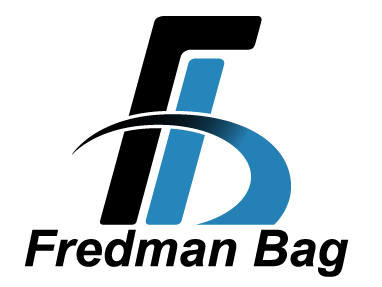Five Impacts of Packaging on Consumers
In today’s competitive market, packaging must be used not just for protection but also to convince consumers of a brand’s superiority. Packaging is the initial connection between a brand and consumers, a pivotal tool for grabbing attention and determining a product’s quality, safety, and environmental impact. Since packaging has evolved into a powerful marketing tactic for both products and brands, it can be used to influence consumers in a variety of ways.
- Sustainability in packaging has gained momentum due to various influences, including government regulations, retail initiatives, and heightened consumer consciousness. Containers and packaging historically constitute almost 30% of municipal waste. Fortunately, over half of U.S. consumers express significant concerns about the environmental implications of their purchases and are willing to invest in more eco-friendly products. Utilizing sustainable material options—including materials like biobased, compostable, closed loop, post-consumer recycled (PCR) content, and post-industrial recycled (PIR) content from Fredman Bag—diverts materials out of landfills and reinforces a commitment to environmental causes.
- Packaging stands as the paramount branding tool, particularly at a time when 82% of consumers emphasize a company’s trustworthiness. Packaging serves as a medium for vividly articulating a brand’s narrative; it is a canvas for displaying a product’s visual appeal and value proposition. Conveying a brand’s values and vision through packaging is essential, as consumers seek alignment with brands that resonate with their own values.
- A customer’s first encounter with a product—and perhaps with a brand as a whole—is the packaging. Unique packaging offers a prime opportunity to memorably introduce a brand to consumers. Creative product packaging even has the potential to differentiate a brand from competitors and generate recognition for the product itself.
- Packaging is a brand’s direct communication channel with consumers. It should clearly convey the product’s purpose, preempting questions. By providing essential information like product details and specifications, the buyer’s decision-making process is simplified, thereby enhancing the brand’s image and reputation and fostering trust with consumers.
- Packaging should mirror a product’s quality, adapting its aesthetics to the target audience when needed. Regardless of the industry, exceptional and high-quality packaging leaves a strong impression. It persuades consumers to trust the product inside and validates its price. And with the many green material options available today, no sacrifices in quality need to be made while still prioritizing sustainability.
Now is a great time to revisit the role that packaging plays in your product offerings. Reach out today and let Fredman Bag help you explore ways to leverage product packaging for growth in your business and for deeper connections with customers.
